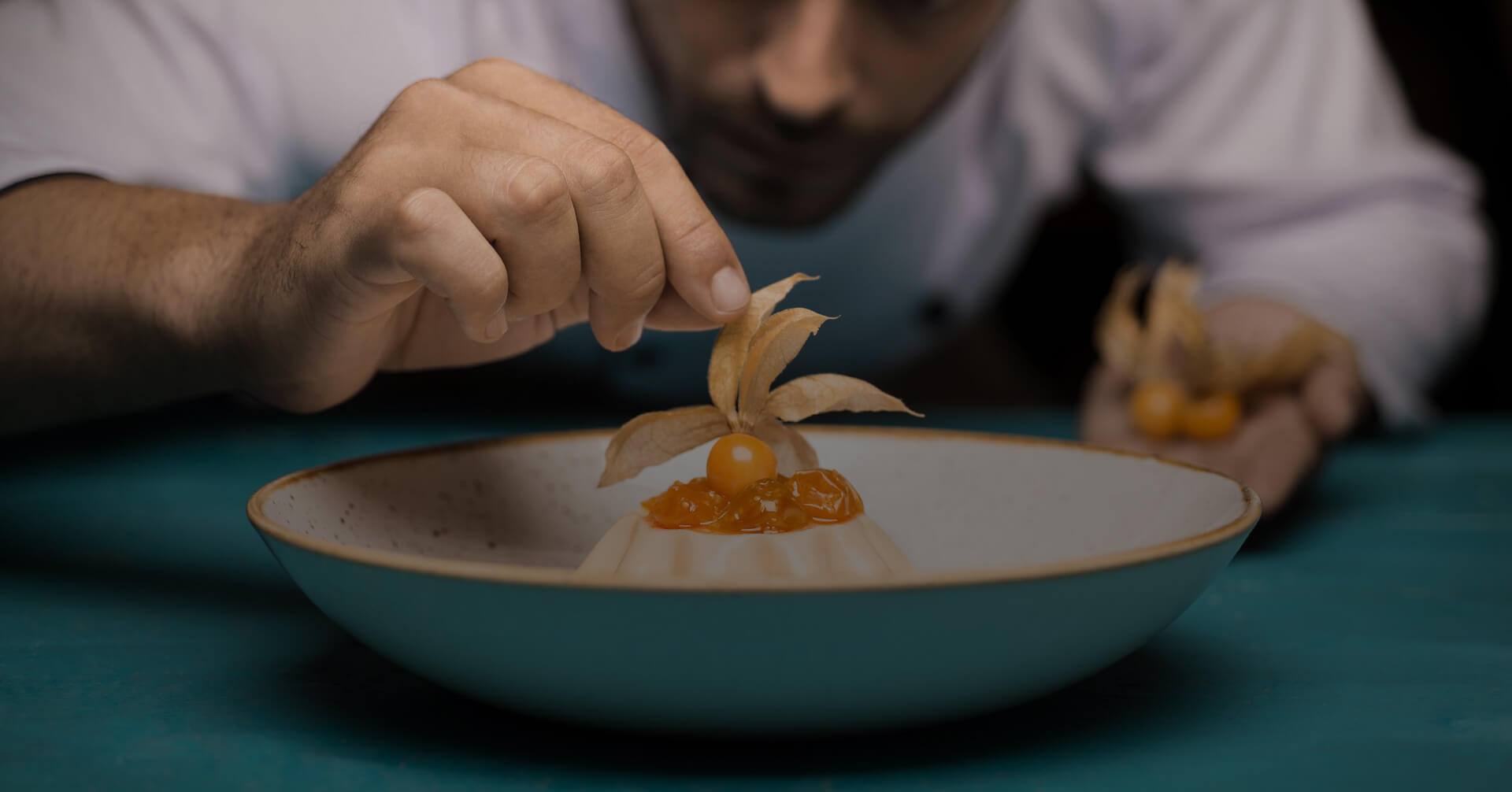THREE MUSEUMS TO UNDERSTAND THE PERUVIAN WORLD VIEW
The identity of a country starts in its Pre-Hispanic wealth
Larco Museum
Located in a 18th-century Colonial mansion and houses the largest collection of Pre-Columbine art in Peru from ceramic and precious-metal to textile works. It even houses a loom that is a world record holder: 398 threads per inch. Visitors can also appreciate the materials and tools used to the ancient Peruvians to produce works in metal, gold and silver, with semi-precious stone inlays. The museum also has a suggestive collection of erotic artifacts that contains pieces that represent different sexual expressions, symbols and practices.
Royal Tombs of Sipán Museum
The Sipán archaeological complex is 35 kilometers from the city of Chiclayo. In 1987, the tomb of the Lord of Sipán, an important Moche governor, was discovered there, who was buried together with his entourage of people and animals, as well as with a variety of ostentatious offerings and relics. Today, the remains of the Lord of Sipán and the contents of his tomb are exhibited at the Royal Tombs of Sipán Museum, opened in 2002.
Cao Museum
The remains of a woman, known throughout the world as the Lady of Cao were found in one of the spaces of the Huaca Cao Viejo. Her discovery started a revolution in the in the way of understanding how Pre-Columbine societies were designed. Her located and the characteristics of her burial led archaeologists of deduce .she governed the Moche in the fourth century A.D. There has never been any record of a woman exercising such power in the cultures of the region. Nowadays, the Lady resides in the Cao Museum, situated at the entrance to the El Brujo Archaeological Complex.












